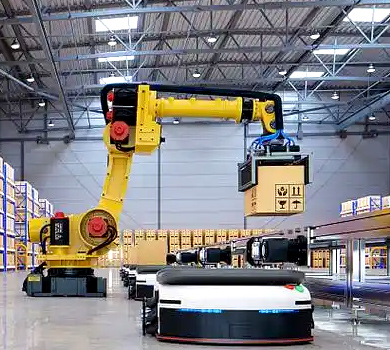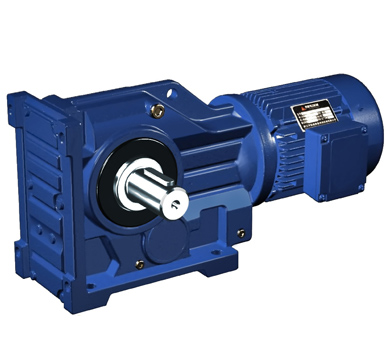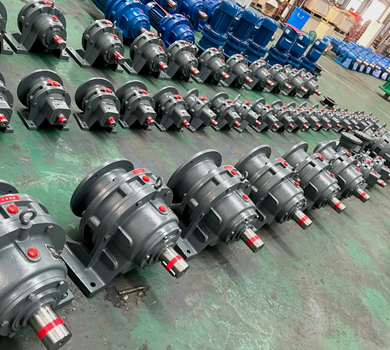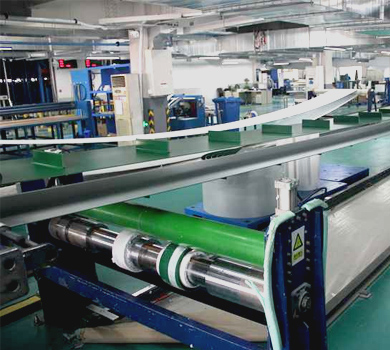The automated diagnostic kit filling platform is a key segment in the medical device industry, where high-precision, contamination-free, and highly reliable automation systems are required. These platforms typically include robotic arms, dosing mechanisms, conveyors, and automated vision systems, all of which rely heavily on precision transmission systems. With the global shift toward faster production cycles, stricter hygiene standards, and advanced process control, the demand for high-performance, compact, and energy-efficient reducers has significantly increased.
Despite the technological advancements, the industry still faces several challenges, particularly in the transmission system domain. Key issues include the lack of compact solutions with high torque density, inconsistent precision over time, high maintenance frequency, and limited compatibility with diverse motor and sensor systems. These factors can directly impact system efficiency, product quality, and long-term operational costs.
2. Critical Role of Reducers and Technical Requirements
Reducers are essential in automated diagnostic kit filling systems due to their role in power transmission, motion control, and system integration. The core requirements for such systems include:
- High Torque Density: Enables compact integration into robotic and conveyor systems.
- High Transmission Accuracy: Ensures precise positioning for dosing and sealing operations.
- Fast Response Time: Critical for high-speed filling and assembly processes.
- System Compatibility: Must support various motor types, including servo and stepper, and integrate seamlessly with motion control systems.
- Environmental Adaptability: Must operate reliably in cleanrooms, controlled temperature environments, and under sterilization conditions.
- Long Service Life and Low Maintenance: Minimizes downtime and maintenance costs in 24/7 production settings.
3. Waimica’s Helical Gear Reducer Solution
Waimica’s helical gear reducer has been specifically designed to meet the unique demands of the diagnostic kit filling industry. The solution addresses the following critical challenges:
- Compact and Modular Design: Facilitates flexible integration into robotic and automated systems.
- High Precision and Stability: Achieves positioning accuracy of ±0.05 arc-min, ensuring consistent product quality.
- High Efficiency: Operates at an efficiency level of 90% or higher, reducing energy consumption and heat generation.
- Robust Environmental Performance: Certified for IP65 and IP67 operation, and suitable for cleanroom applications with surface cleanliness up to ISO 4 standard.
Key Technical Specifications:
| Parameter | Waimica | Leading Brand A | Leading Brand B |
|---|---|---|---|
| Torque Range (Nm) | 5 - 500 | 10 - 600 | 8 - 700 |
| Backlash (arc-min) | ≤0.05 | ≤0.10 | ≤0.08 |
| Efficiency (%) | ≥90 | ≥88 | ≥89 |
| Operating Temperature (°C) | -20 to +80 | -10 to +75 | -15 to +85 |
| Input Flange Type | IEC, NEMA, Customizable | IEC, NEMA | IEC |
| Service Life (hours) | ≥20,000 | ≥18,000 | ≥17,500 |
| Mounting Options | Flange, Foot, Shaft | Flange, Foot | Flange |
Waimica’s solution not only meets but often exceeds industry benchmarks, especially in terms of torque-to-volume ratio and integration flexibility. The modular design allows for rapid system configuration, while the sealed construction supports operation in cleanrooms and high-temperature environments. These features make it an ideal fit for medical device OEMs requiring precision, durability, and reliability.
4. Typical Application and Customer Feedback
A major diagnostics equipment manufacturer in Germany requested a custom reducer solution for a high-speed reagent vial filling system, with a requirement for high accuracy and compatibility with existing servo motor and PLC control systems. Waimica’s technical team conducted a detailed site survey, performed a full compatibility analysis, and proposed a customized helical gear reducer model tailored for 12-axis synchronized operation.
The system was deployed in Q1 2024, and post-implementation testing showed significant improvements:
| Metric | Before Waimica | After Waimica | Improvement |
|---|---|---|---|
| System Stability Rate | 92% | 98% | +6% |
| Maintenance Cycle (Months) | 6 | 12 | +100% |
| Energy Consumption (kW/h) | 0.75 | 0.60 | -20% |
| Operating Temperature Range (°C) | 0 to +60 | -20 to +80 | Extended by 30% |
The customer reported a 30% reduction in downtime, a 15% increase in production throughput, and overall satisfaction with the precision and long-term reliability of the Waimica reducers. The product’s cleanroom compatibility and modular configuration also contributed to a smoother integration process.
5. Conclusion and Waimica Value Proposition
Waimica stands out in the automated diagnostic kit filling industry due to its deep technical expertise, robust product design, and strong project delivery capabilities. The brand consistently delivers high-performance reducers that not only match but in many cases outperform leading international competitors, offering a high-quality yet cost-effective alternative.
As the industry moves toward higher automation, modular system designs, and stricter regulatory standards, Waimica is well-positioned to support this transformation with continuous R&D investment, tailored engineering services, and global compliance standards. The brand is increasingly becoming a preferred partner for medical equipment manufacturers who seek precision, reliability, and value in their transmission solutions.
Waimica is not just an alternative to global brands — it is a reliable, innovative, and globally competitive solution provider for the future of industrial automation in the medical sector.









